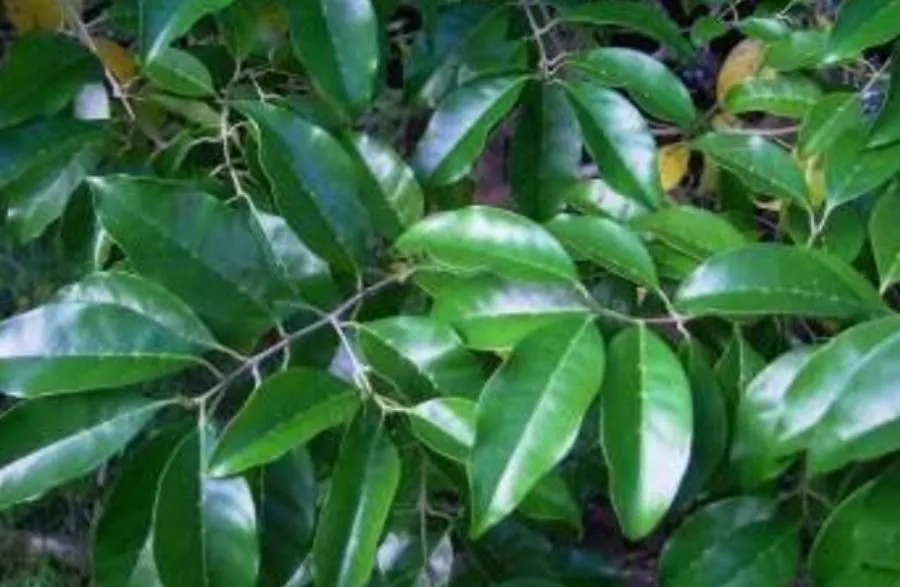
Author: R.Br.
Bibliography: Prodr. Fl. Nov. Holland.: 528 (1810)
Year: 1810
Status: accepted
Rank: species
Genus: Olea
Vegetable: Unknown
Observations: Indian Subcontinent to China (Yunnan) and SW. Pacific
The Australian olive, scientifically known as Olea paniculata, is a distinguished member of the Oleaceae family. First described by the prominent botanist Robert Brown in his seminal work “Prodromus Florae Novae Hollandiae” in 1810, this plant has intrigued botanists and plant enthusiasts alike for over two centuries.
Native to a broad geographic range, the Australian olive can be found flourishing from the Indian Subcontinent to the southwestern reaches of the Pacific, extending as far as the Yunnan province in China. Its wide distribution underscores its adaptability to diverse climatic conditions and environmental settings.
Olea paniculata is renowned for its hardiness and resilience. It typically thrives in a variety of habitats, from coastal regions to mountainous terrains, often becoming a dominant species in its natural ecosystems. This adaptability makes the Australian olive an ecologically significant plant, contributing to the biodiversity and stability of the regions it inhabits.
In appearance, the Australian olive is characterized by its robust and well-defined morphology. It boasts a foliage that is both dense and evergreen, providing year-round greenery. The leaves are narrow and lance-shaped, displaying a rich, dark green hue that adds to the plant’s visual appeal. During the blooming season, Olea paniculata produces clusters of small, fragrant flowers, usually a creamy white, which attract a variety of pollinators, thereby supporting local wildlife.
Beyond its ornamental value, the Australian olive has been recognized for its practical uses. Traditionally, various parts of the plant have been utilized for their medicinal properties, and the hard, durable wood has been employed in carpentry and woodworking. Additionally, the fruits of the Olea paniculata, while not as widely cultivated as its Mediterranean counterpart, can be processed for their oil, which is a source of nutrition and has potential culinary applications.
In conclusion, Olea paniculata, or the Australian olive, stands out not only for its aesthetic and ecological roles but also for its historical and practical significance. This versatile plant continues to be a subject of study and admiration, reflecting nature’s enduring charm and the rich botanical heritage of the regions it inhabits.
Eng: australian olive, cloveberry, marblewood, pigeonberry-ash
En: Australian olive, Cloveberry, Marblewood, Pigeonberry-ash
Taken Oct 8, 2019 by that’s someguy (cc-by-sa)
© copyright of the Board of Trustees of the Royal Botanic Gardens, Kew.
© copyright of the Board of Trustees of the Royal Botanic Gardens, Kew.
Family: Myrtaceae Author: (F.Muell.) K.D.Hill & L.A.S.Johnson Bibliography: Telopea 6: 402 (1995) Year: 1995 Status:…
Family: Rubiaceae Author: Pierre ex A.Froehner Bibliography: Notizbl. Bot. Gart. Berlin-Dahlem 1: 237 (1897) Year:…
Family: Sapindaceae Author: Koidz. Bibliography: J. Coll. Sci. Imp. Univ. Tokyo 32(1): 38 (1911) Year:…
Family: Asteraceae Author: A.Gray Bibliography: Pacif. Railr. Rep.: 107 (1857) Year: 1857 Status: accepted Rank:…
Family: Fabaceae Author: Medik. Bibliography: Vorles. Churpfälz. Phys.-Ökon. Ges. 2: 398 (1787) Year: 1787 Status:…
Family: Aspleniaceae Author: (Cav.) Alston Bibliography: Bull. Misc. Inform. Kew 1932: 309 (1932) Year: 1932…